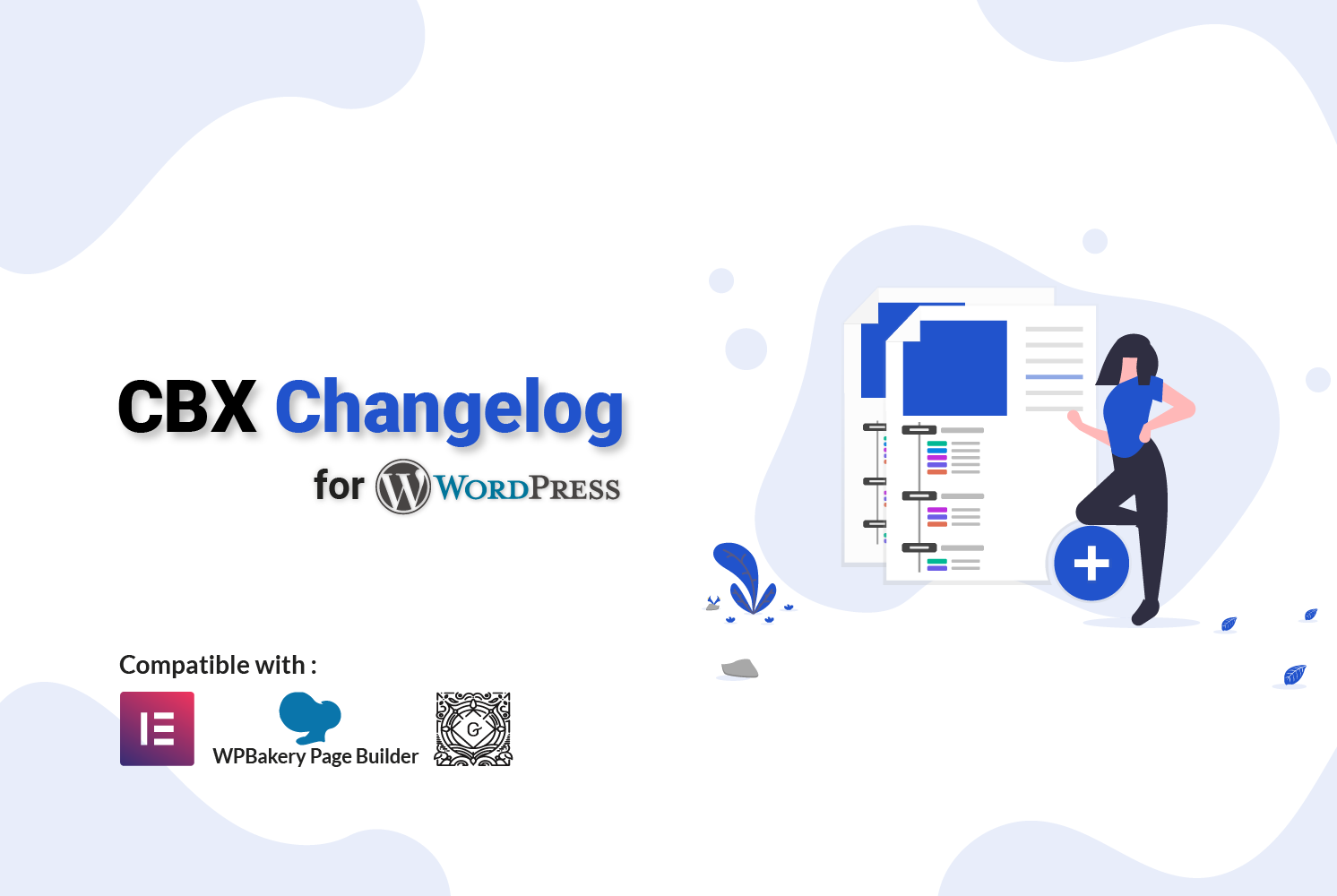Laravel Session Driver: File vs Memcached – Which One Is Better?
Managing sessions efficiently is crucial for any Laravel application. While Laravel’s default file session driver works well out of the box, using memcached can offer better performance and scalability. In this post, let’s explore which one is right for you.
🔍 Quick Comparison
| Criteria | File Driver | Memcached Driver |
|---|---|---|
| Performance | Disk-based I/O – slower | In-memory – extremely fast |
| Scalability | Not ideal for multi-server | Designed for distributed apps |
| Persistence | Persistent until cleanup | Volatile – lost on restart |
| Setup Complexity | Built-in, zero setup | Requires Memcached server + PHP extension |
| Concurrency | Locks can cause delays | No file locks, smooth handling |
| Garbage Collection | Laravel-managed | Memcached auto-evicts old data |
✅ Choose File Driver When…
- You’re working in local development or staging.
- Your traffic is low to moderate and doesn’t require high throughput.
- You want simplicity—no extra setup, out-of-the-box working.
⚡ Choose Memcached Driver When…
- You’re running on multiple servers or a load-balanced environment.
- Your application handles high traffic—think large e-commerce or real-time features.
- You already use Memcached for Laravel caching or object caching.
🚀 How to Enable Memcached in Laravel
Interested in switching? Here’s a high-level overview:
- Install and configure a Memcached server and
php-memcachedextension. - Update your
.envfile:
SESSION_DRIVER=memcached
CACHE_DRIVER=memcached - Modify
config/session.phpto use the driver:'driver' => env('SESSION_DRIVER', 'file').
That’s it—Laravel will now store sessions in-memory, giving you a noticeable boost in speed.
🧠 Beyond Memcached: Considering Redis?
If you’re aiming for data persistence and advanced features (like atomic operations or pub/sub), Redis can be an even better option. It brings durability, more capabilities, and works beautifully with Laravel.
📌 Final Takeaway
Use the default file driver for small or experimental projects. If you’re building something bigger—especially distributed, high-traffic, or performance-sensitive—go with memcached (or even Redis) for real benefits.
Have questions or want to dive deeper into caching strategies, queue systems, or Redis setup? Feel free to reach out in the comments below.








